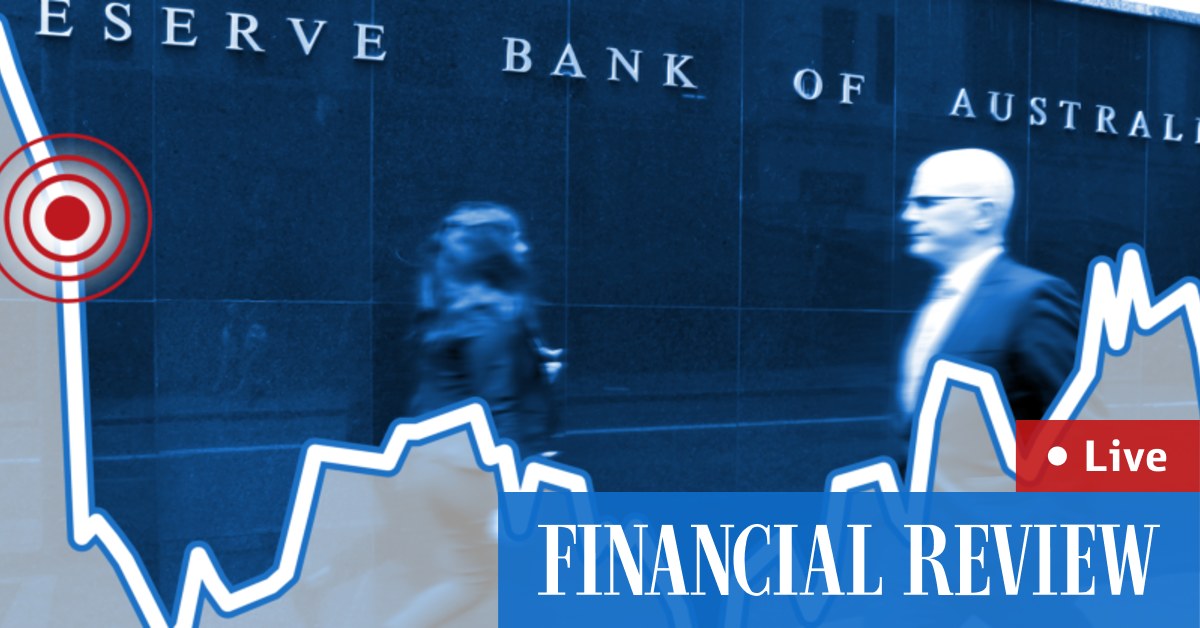
[ad_1]
RBA statement:
In its meeting today, the Board decided to increase the cash rate target by 25 basis points to 2.85 percent. It also increased the interest rate on Foreign Exchange balances by 25 basis points to 2.75 percent.
As is the case in most countries, inflation in Australia is too high. In the year to September, the CPI inflation rate was 7.3 percent, the highest it has been in more than three decades. Global factors explain much of this high inflation, but strong domestic demand relative to the economy’s ability to meet that demand also plays a role. Returning inflation to target requires a more sustainable balance between demand and supply.
A further rise in inflation is expected over the coming months, with inflation now forecast to peak around 8 percent later this year. Inflation is then expected to ease next year due to the continued resolution of global supply-side issues, recent declines in some commodity prices and slower growth in demand. Medium-term inflation expectations remain well anchored, and it is important that this remains so. The Bank’s central forecast is for CPI inflation to be around 4¾ per cent over 2023 and just above 3 per cent over 2024.
The Australian economy continues to grow solidly and national income is boosted by a record level of terms of trade. Economic growth is expected to moderate over the coming year as the global economy slows, the rebound in spending on services runs its course, and growth in domestic consumption slows due to tighter financial conditions. The central Bank’s forecast for GDP growth has been revised down slightly, with growth of around 3% expected this year and 1½% in 2023 and 2024.
The labor market remains very tight, with many companies finding it difficult to hire workers. The unemployment rate was steady at 3.5 percent in September, about the lowest rate in nearly 50 years. Jobs and job postings are both at very high levels, although employment growth has slowed in recent months as spare capacity in the labor market has been absorbed. The central forecast is for the unemployment rate to remain around its current level for the coming months, but to rise gradually to just above 4 percent in 2024 as economic growth slows.
Wage growth continues to rise from the low rates of recent years, although it remains lower than in many other advanced economies. Further recovery is expected due to the tight labor market and higher inflation. Considering the importance of avoiding a price-wage spiral, the Board will continue to pay attention to both the development of labor costs and the price-setting behavior of companies in the coming period.
Price stability is a prerequisite for a strong economy and a sustained period of full employment. With this in mind, the Board’s priority is to return inflation to the 2-3 percent range over time. It seeks to do this by keeping the economy on an even keel. The path to achieving this balance remains narrow and it is clouded in uncertainty.
One source of uncertainty is the outlook for the global economy, which has worsened in recent months. Another is how household spending in Australia responds to the tighter financial conditions. The Board recognizes that monetary policy operates with a lag and that the full impact of the rise in interest rates is still being felt in mortgage payments. Higher interest rates and higher inflation are putting pressure on the budgets of many households. Consumer confidence also fell and house prices fell after the earlier big increases. Working in the other direction, people find jobs, earn more hours of work and receive higher wages. Many households have also built up large financial buffers and the savings rate remains higher than it was before the pandemic.
The Board has raised interest rates materially since May. This was necessary to establish a more sustainable balance of demand and supply in the Australian economy to help return inflation to target. The Board expects to raise interest rates over the next period. It closely monitors the global economy, household spending, and wage and price-setting behavior. The size and timing of future interest rate increases will continue to be determined by incoming data and the Board’s assessment of the outlook for inflation and the labor market. The Board remains resolute in its determination to return inflation to target and will do what is necessary to achieve this.
[ad_2]
Source link
